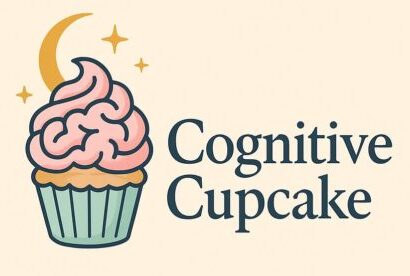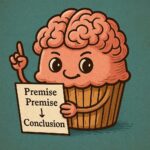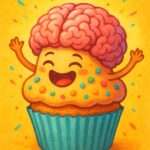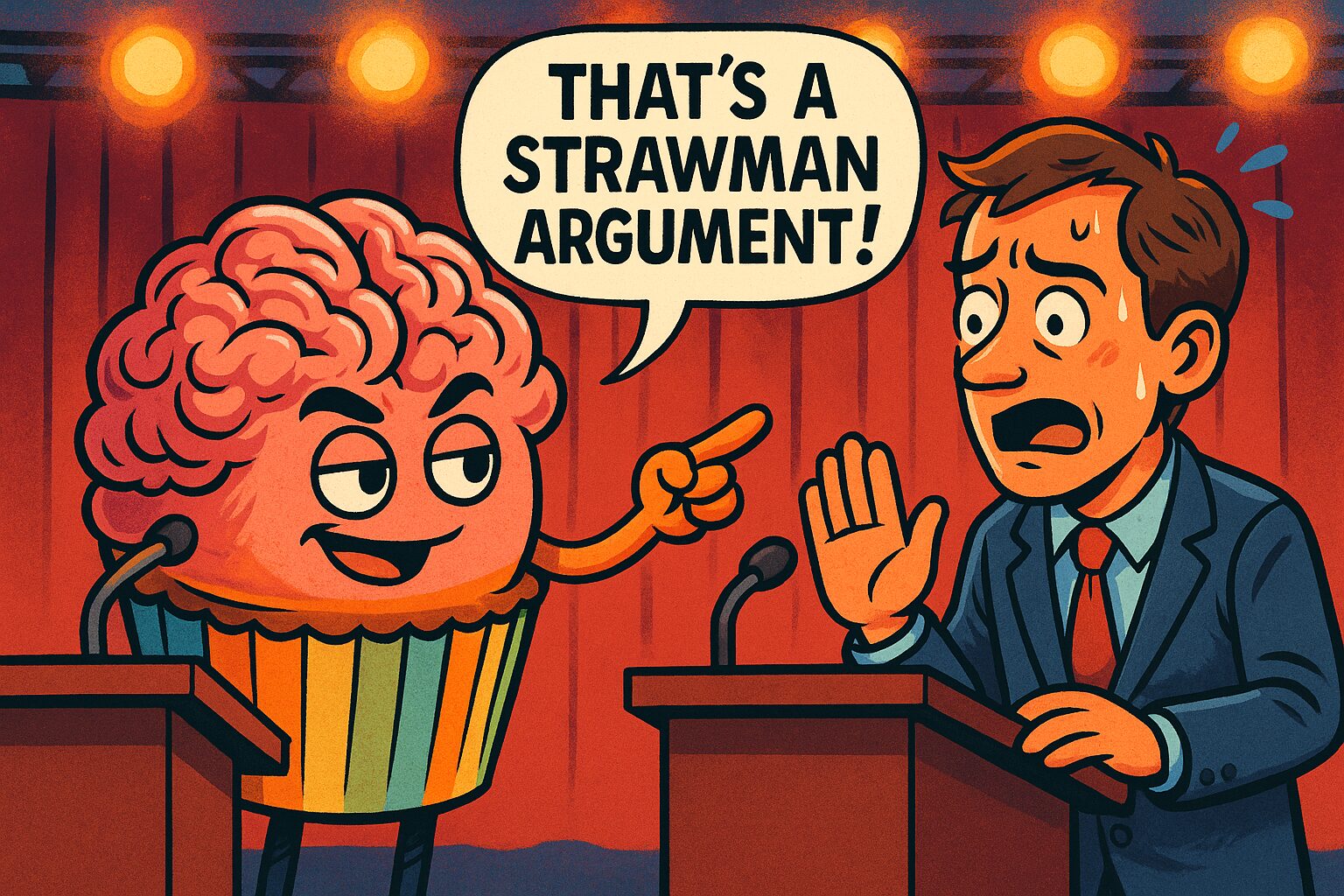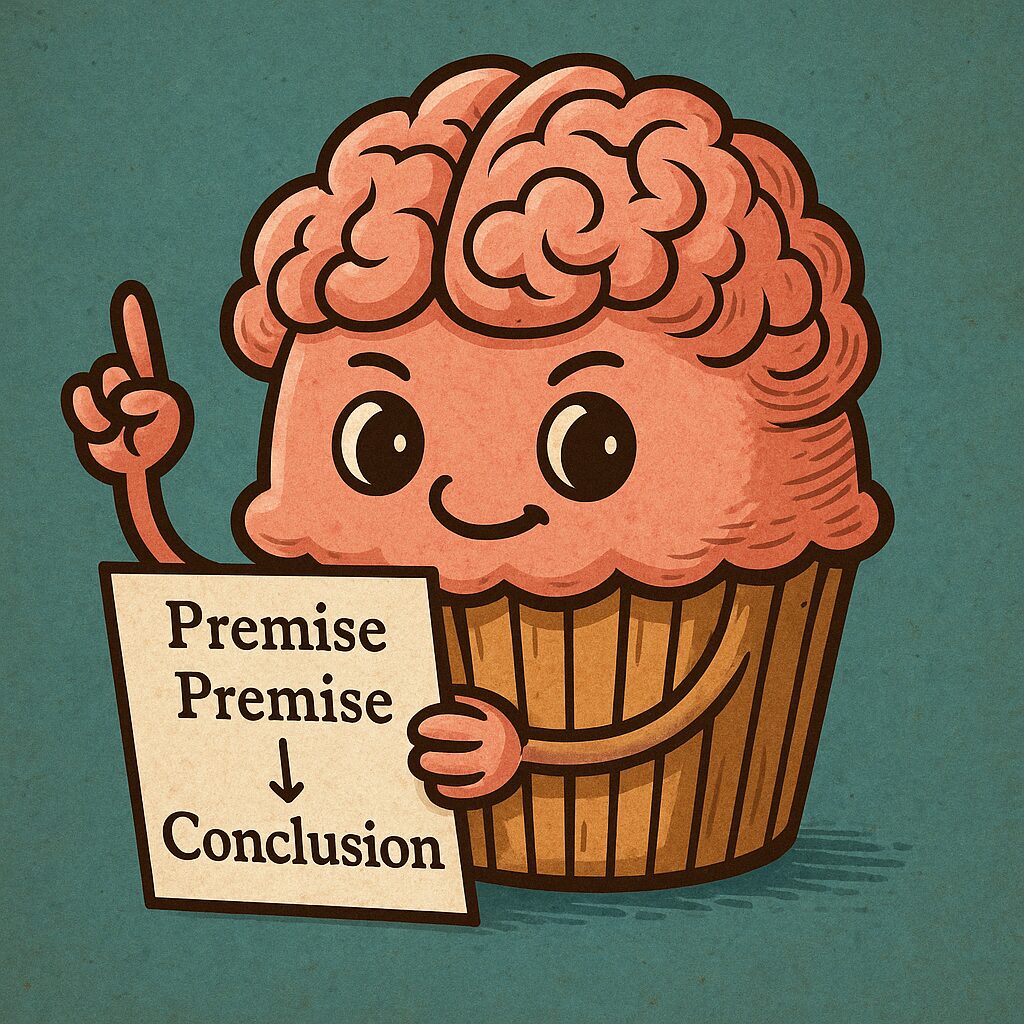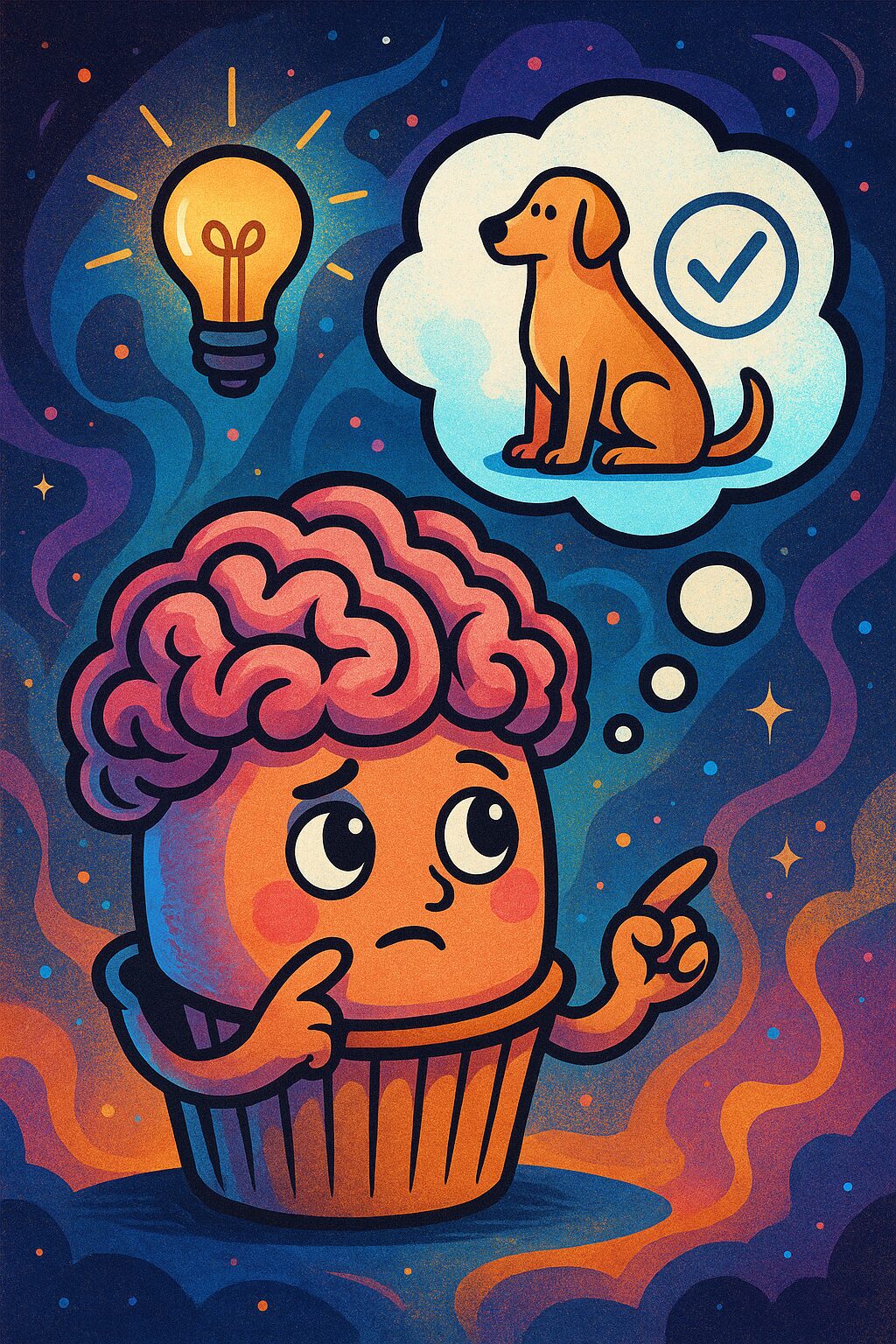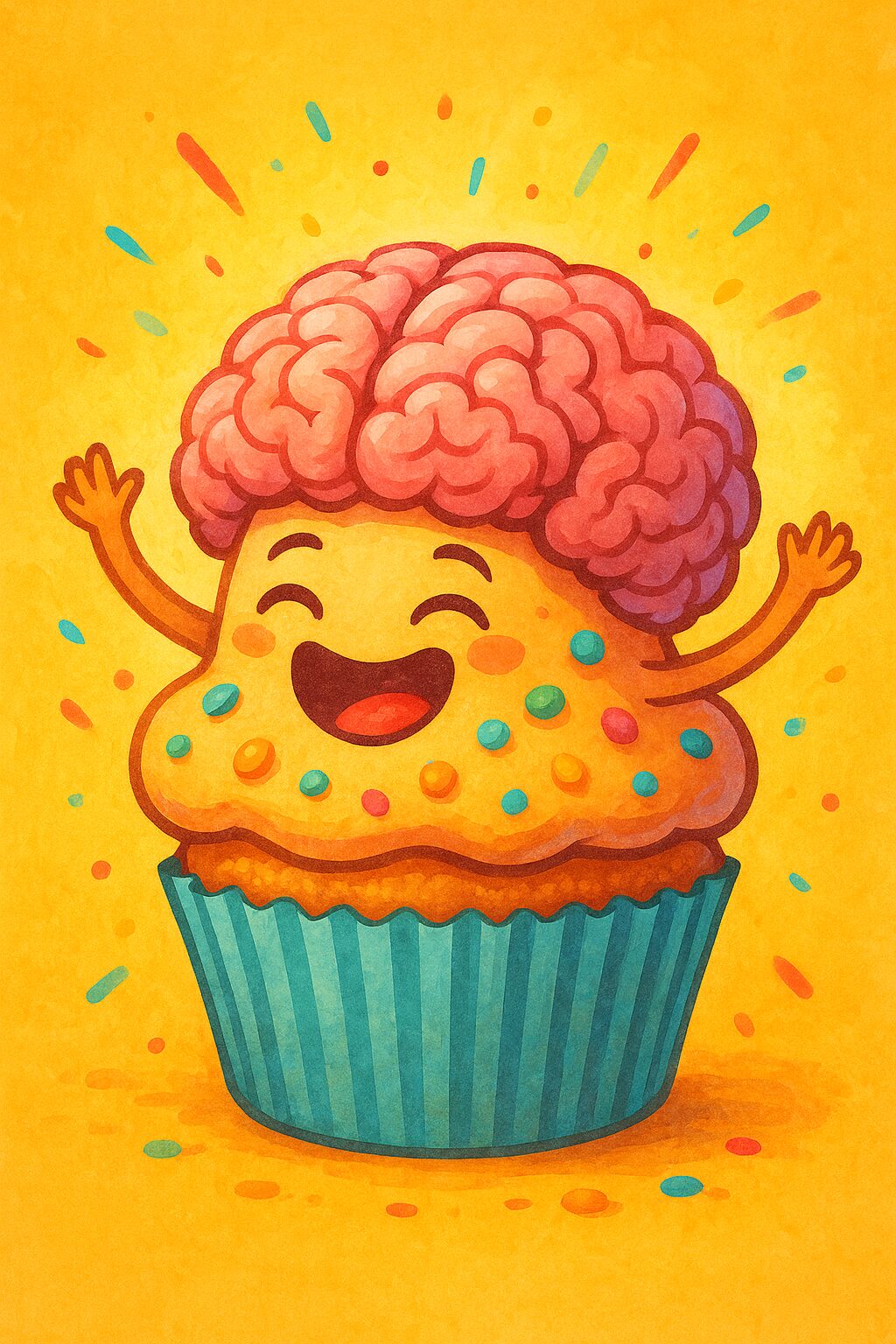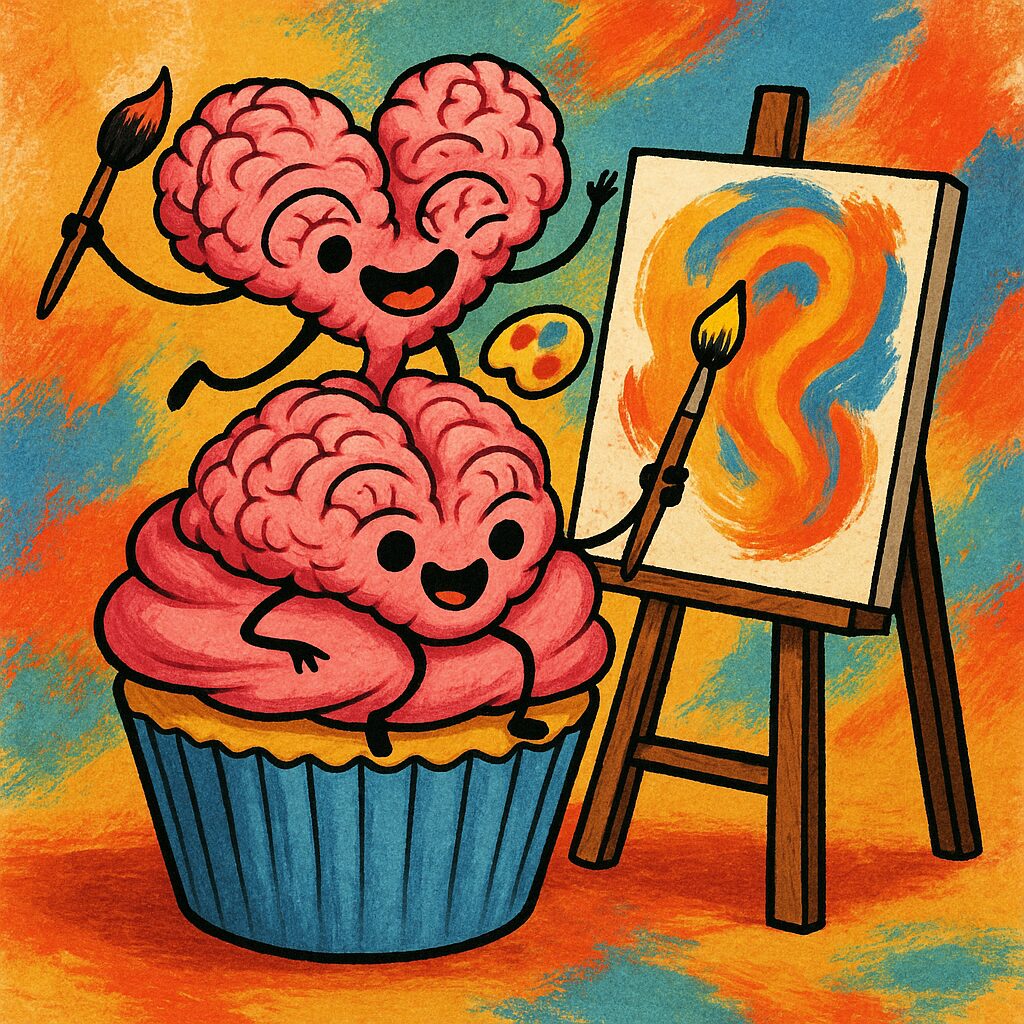
Art as Expression: A Historical and Philosophical Tour
From cave paintings to contemporary performance pieces, humanity has used art to express the ineffable. But what does it mean to “express” something through art? Is it the artist’s inner world we glimpse on the canvas—or is the artwork a universe of its own, untethered from its maker? Theories of expression attempt to answer these questions, blending philosophy, psychology, and aesthetics.
Early Views: Plato and Aristotle
Let’s begin in Ancient Greece, where Plato was already throwing shade at art. In his Republic, he dismissed artists as imitators—twice removed from the truth. To Plato, a painting of a bed is just a copy of a copy: reality gets diluted, not revealed (Plato, Republic, Book X).
Aristotle disagreed. In Poetics, he saw art, especially tragedy, as cathartic—a way to purge emotions like pity and fear. This hinted at an expressive function, even if not fully developed into a modern theory of emotion (Aristotle, Poetics, 1449b24–28).
The Romantic Shift: Emotion as the Essence of Art
Fast forward to the 18th and 19th centuries, when Romanticism cranked emotional expression up to eleven. The Romantics viewed art as a spontaneous overflow of powerful feelings (Wordsworth, 1800). It wasn’t just about skill; it was about sincerity.
Friedrich Schiller argued in On the Aesthetic Education of Man (1794) that aesthetic experience harmonizes reason and emotion. Here, art becomes a vehicle for expressing the whole human soul—not just intellectual concepts.
Expression Theory: Tolstoy and Collingwood
Leo Tolstoy defined art as the transmission of feeling. In What Is Art? (1897), he claimed that art is successful when one person’s emotion is passed to another. For Tolstoy, sincerity was more important than beauty or technique. His view was egalitarian, even moralistic: real art unites us in feeling.
R.G. Collingwood refined this in The Principles of Art (1938). He argued that art is not about arousing emotion in others, but about clarifying emotion in the artist. The artist doesn’t simply express a pre-existing feeling—they discover what they feel through the process of making art.
“The artist is not a man who describes his emotions; he is a man who feels and clarifies them.”
— Collingwood (1938, p. 109)
Nietzsche’s Dancing Body: Art as Living Expression
Friedrich Nietzsche took things in a bolder direction. In Thus Spoke Zarathustra and The Birth of Tragedy, he suggested that dance is the most honest form of art—because it uses the body itself as the medium. There is no separation between the subject and the medium. The dancer is the art.
“I would believe only in a God that knows how to dance.”
— Nietzsche, Thus Spoke Zarathustra (1883)
“For art to exist, for any sort of aesthetic activity to exist, a certain physiological precondition is indispensable: intoxication… All kinds of intoxication act as forces of artistic expression.”
— Nietzsche, Twilight of the Idols (1889), “Skirmishes of an Untimely Man,” section 8.
Nietzsche’s idea is deeply psychological: expression arises when control drops, when the Apollonian mask slips, and Dionysian truth surges forth. The artist doesn’t just express emotion—they become the emotion.
Artistic Intention vs. Autonomy of the Artwork
This brings us to a classic philosophical debate:
Is the artist’s intention central to understanding a work of art, or should the artwork stand alone?
- Intentionalist Theories argue that meaning resides in the artist’s mind. Knowing the creator’s thoughts, struggles, or aims helps us decode the art.
- Anti-Intentionalists, like Monroe Beardsley and W.K. Wimsatt, argued in “The Intentional Fallacy” (1946) that once the work is complete, the artist’s intent is irrelevant. The artwork must speak for itself.
Roland Barthes radicalized this in The Death of the Author (1967), suggesting we liberate the text (or image, or sculpture) from its creator entirely. Meaning becomes a dialogue between artwork and audience.
Food for Thought: The Expressive Puzzle
- Is art more expressive when it’s spontaneous—or when it’s meticulously crafted?
- Can AI-generated art be expressive if no emotions are felt in its making?
- Do we “see” the soul of the artist in the brushstrokes—or only our own reflection?
Conclusion
Theories of expression evolve with our understanding of the self. Whether it’s Nietzsche’s ecstatic dancer, Collingwood’s introspective artist, or Barthes’ autonomous text, each theory adds a layer of depth to what it means to make—and experience—art.
In the end, perhaps the act of interpretation is the art.
Citations
- Aristotle. (1996). Poetics (M. Heath, Trans.). Penguin Classics.
- Barthes, R. (1977). Image-Music-Text (S. Heath, Trans.). Fontana Press.
- Collingwood, R. G. (1938). The Principles of Art. Oxford University Press.
- Nietzsche, F. (2005). Thus Spoke Zarathustra (G. Parkes, Trans.). Oxford University Press.
- Nietzsche, F. (1998). Twilight of the Idols (D. Large, Trans.). Hackett Publishing.
- Plato. (1992). Republic (G. M. A. Grube, Trans.). Hackett Publishing.
- Tolstoy, L. (1996). What Is Art? (R. Pevear & L. Volokhonsky, Trans.). Penguin Books.
- Wimsatt, W. K., & Beardsley, M. C. (1946). The Intentional Fallacy. The Sewanee Review, 54(3), 468–488.
Disclaimer:
This article was generated with the help of AI and curated for Cognitive Cupcake. For educational use only.
